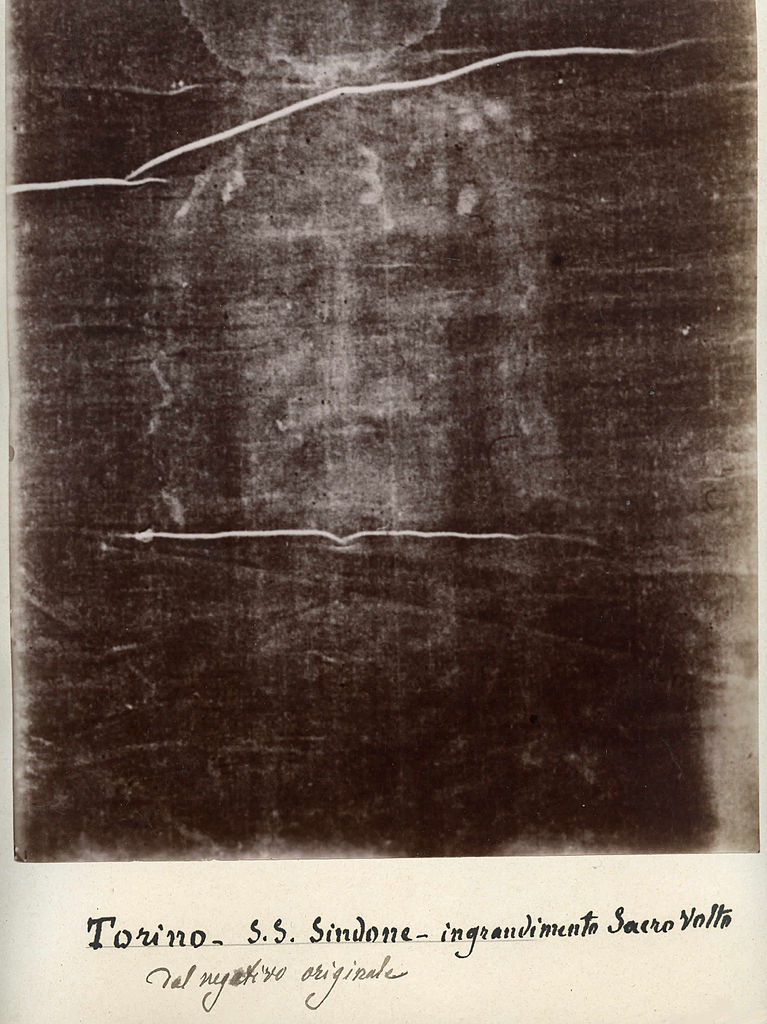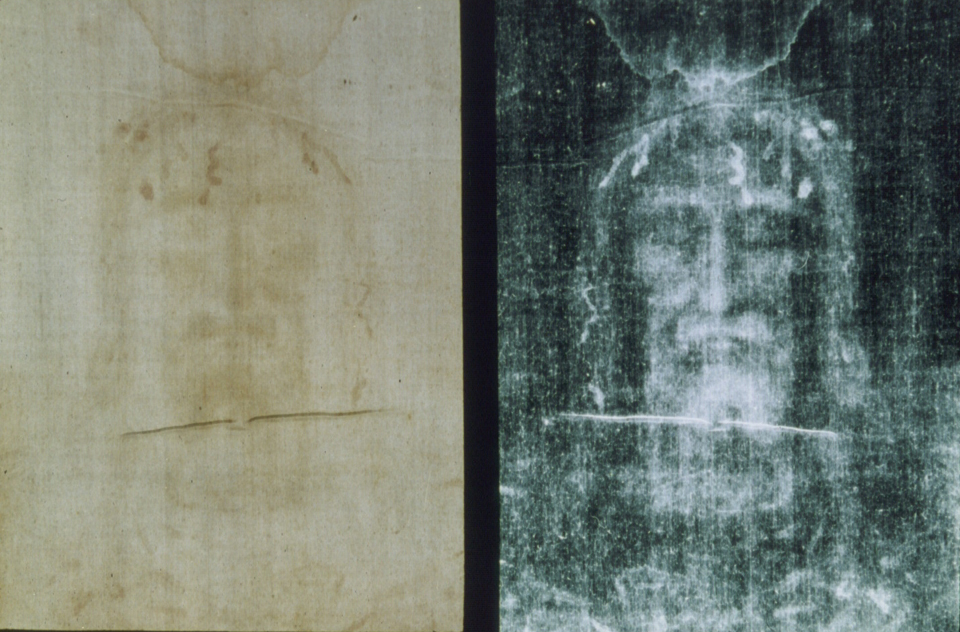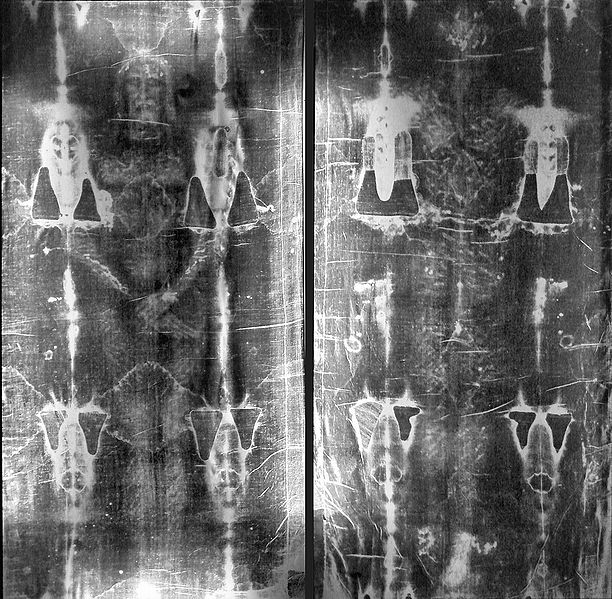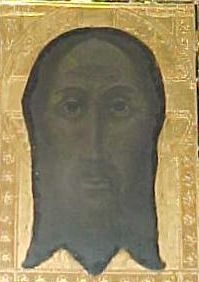Veil of Veronica (Holy Face)
The Veil of Veronica, or Sudarium (Latin for sweat-cloth), often called simply "The Veronica" and known in Italian as the Volto Santo or Holy Face (but not to be confused with the carved crucifix Volto Santo of Lucca) is a Catholic relic of a piece of cloth, which, according to legend, bears the likeness of the face of Jesus not made by human hand (i.e. an Acheiropoieton). Various existing images have been claimed to be the "original" relic, or early copies of it, but the evidently legendary nature of the story means that there are many fewer people, even among traditional Catholics, who treat claims of actual authenticity very seriously compared to the comparable relic of the Turin Shroud.
The painting "Veronica holding her veil" by Hans Memling (1430 – 1494)
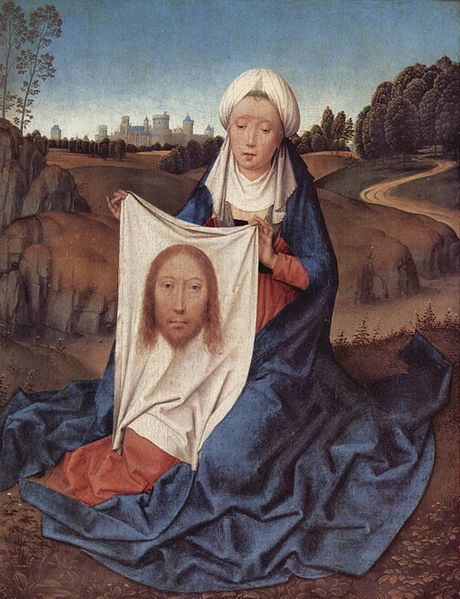
There is no reference to the story of Veronica and her veil in the canonical Gospels; the story comes from centuries of tradition. The closest written reference is the miracle of Jesus healing the bleeding woman by touching the hem of Jesus’ garment (Luke 8:43-48); her name is later identified as Veronica by the apocryphal "Acts of Pilate". The story was later elaborated in the 11th century by adding that Christ gave her a portrait of himself on a cloth, with which she later cured Tiberius. The linking of this with the bearing of the cross in the Passion, and the miraculous appearance of the image was made by Roger d'Argenteuil's Bible in French in the 13th century, and gained further popularity following the internationally popular work, Meditations on the life of Christ of about 1300 by a Pseudo-Bonaventuran author.
Image source: en.wikipedia.org
19th century group of St Veronica offering Jesus the veil from a series of Stations of the Cross.

It is also at this point that other depictions of the image change to include a crown of thorns, blood, and the expression of a man in pain, and the image became very common throughout Catholic Europe, forming part of the Arma Christi, and with the meeting of Jesus and Veronica becoming one of the Stations of the Cross.
Stations of the Cross (or Way of the Cross; in Latin, Via Crucis; also called the Via Dolorosa or Way of Sorrows, or simply, The Way) refers to a series of artistic representations, often sculptural, depicting Christ Carrying the Cross to his crucifixion.
Image source: en.wikipedia.org
The Holy Face of Genoa

#1: The Holy Face of Genoa, one of the group of images close to the original form.
Image source: en.wikipedia.org
The Holy Face of San Silvestro
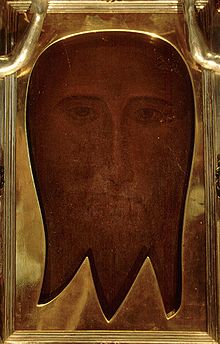
#2: The Holy Face of San Silvestro,
now in the Matilda chapel in the Vatican.
Image source: en.wikipedia.org
The painting "Veil of Veronica"

#4: The painting "Veil of Veronica"
by Domenico Fetti
Image source: en.wikipedia.org
The Holy Face of Genoa
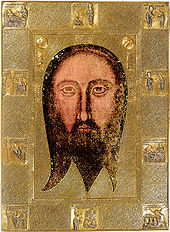
#5: The Holy Face of Genoa with the face more visible.
Image source: en.wikipedia.org
The Holy Face of San Silvestro
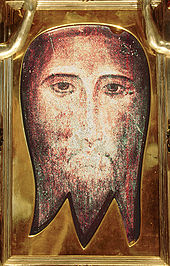
#6: The Holy Face of San Silvestro with the face more visible.
Image source: en.wikipedia.org
King Abgar received the Image of Edessa, a likeness of Jesus
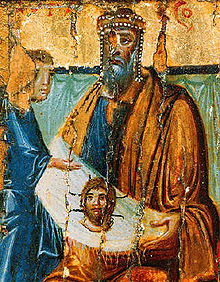
#8: King Abgar received the Image of Edessa, a likeness of Jesus.
Image source: en.wikipedia.org

